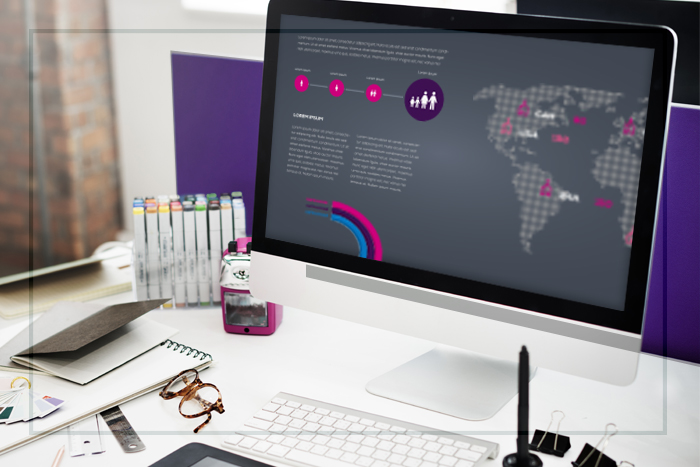05-16-2017
Infographics Aren’t As Simplistic As They Look

Dear House Rules,
My company is getting ready to launch a new product in the diabetes market. We have lots of information to convey to consumers about the disease state itself and how our product could help in a unique way, and we’ve been toying with the idea of using “infographics” to get our message across. They just look so cartoony to me, though. What’s the upside – and why are so many companies using them?
Signed,
Can we send a serious message with an infographic?
Dear Serious:
You absolutely can. In fact, infographics are one of the best ways to reach your patient audience in this day of increasingly brief interactions with media of all types. Think about it: how many patients do you know of who would prefer reading a “wall of text” brochure to viewing a highly scannable online graphic (as an example) that’s chock-full of “news you can use?” Infographics employ visuals that make an impact and contain no extraneous words to take away from the all-important data.
Infographics?can take complex health information (like pre- and post-meal glucose readings and blood A1C ranges for diabetes) and simplify it for consumers. Rather than sifting through large amounts of text, infographics can illustrate valuable data, stats, and information in a way that is creative and visually appealing. Here are some of the top reasons to use infographics:
Offer a visual guide
- Complicated concepts that involve multiple steps can be challenging, especially if they requires reading in-depth instructions. An infographic provides a way to engage through visual instructions and images. For example, you can include a picture that relates to each step, such as someone injecting themselves with insulin in the correct location, which can be especially helpful to those who are less likely to remember text-based instructions
Increases knowledge retention
- According to the seminal work on learning styles done by Fleming and Mills in 1992, there are four primary types of learners: auditory, reading/writing, kinesthetic, and visual. Each learning type responds best to a different method of content delivery. Infographics are ideal for visual learners who prefer to see info and to visualize the relationships between ideas. Presenting your health information in compelling charts, images, and other infographic elements offers a quick overview of the topic, which means consumers don’t need to read a paragraph to find relevant information
Engages distracted consumers
- Mobile phones. Tablet computers. Podcasts. Many of your target audience suffers from content overload, so creating infographics focusing on essential information makes it easier them to digest your message through eye-catching visuals that command attention. An effective infographic should compel consumers to pass it along to others via social media platforms, who will also benefit from the condensed message and information
The key to online success is to get your healthcare consumers’ attention and interest. Using infographics is an effective way of achieving this end by using visual elements that are not only relevant and educational, but are also visually appealing and enjoyable. Infographics can be a vital tool that digital marketers should incorporate to keep consumer focus on what is important – your content.
If your company is new to the world of infographic development, we’d love to partner with you to help deliver your message. At Xavier Creative House, our talented and experienced designers have the expertise that will help bring your brand messaging to arresting visual life. We’re specialists in the art of turning complicated medical concepts into easy-to-understand graphics, and we look to working with you to add this exciting piece to your brand communications.
Reference: https://medicomhealth.com/4-reasons-to-use-infographics-in-healthcare-marketing/. Accessed May 1, 2017.

